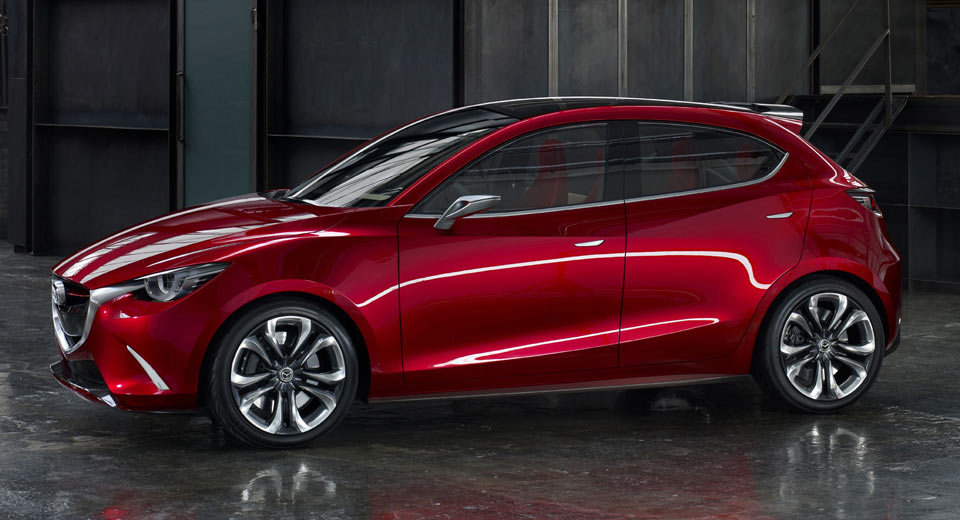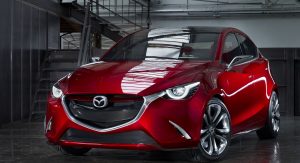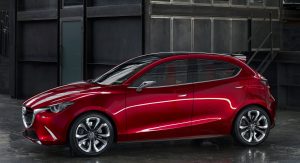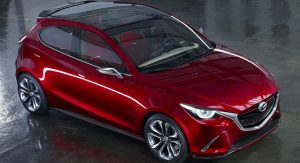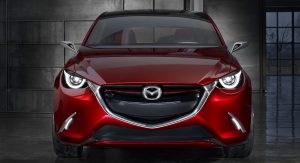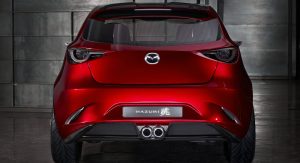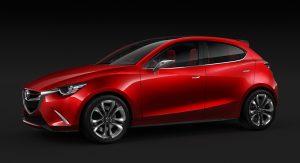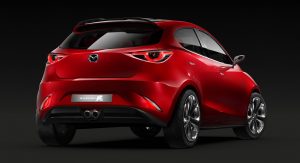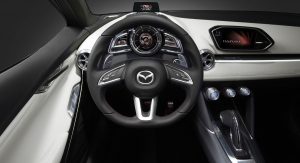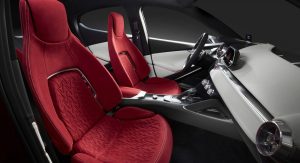A new rotary-powered Mazda has been on the table for many years, but the Japanese manufacturer could also employ a rotary engine for their first electric vehicle, as a range extender.
Speaking with AutoExpress on the sidelines of the Geneva Motor Show, Mazda’s R&D chief, Matsuhiro Tanaka, refused to outright confirm it, but said that it’s a possibility.
“Something like that was in existence, but I can’t go into detail. Both performance and economy are possible with rotary. It’s very stable and quiet at standard revolutions, so some potential exists for that.“
Tanaka didn’t go into detail about its size either, but the electrified Mazda is expected to slot somewhere between the sub-compact and compact segments, which means that it could take on cars such as the Renault Zoe and Nissan Leaf, even if its European launch hasn’t been confirmed yet.
“A small car is best for an EV, because bigger vehicles get too heavy with bigger batteries, and that doesn’t make sense for Mazda” Tanaka said. “If we put in heavy batteries, we need to do the opposite with the total weight. We are going to develop a new material technology in the future [for this].“
As far as its appearance goes, the green Mazda would use the brand’s latest design language, which can be seen on the new CX-5 and RX Vision Concept. If everything goes as planned, it could be introduced in 2019, as a previous report suggested.
Mazda’s range of electrified vehicles will reportedly increase from 2021 with a lineup of PHEVs, which, could benefit from Toyota’s expertise in the field, just like the current Japan-only Mazda3 hybrid.
Note: 2014 Mazda Hazumi Concept pictured



